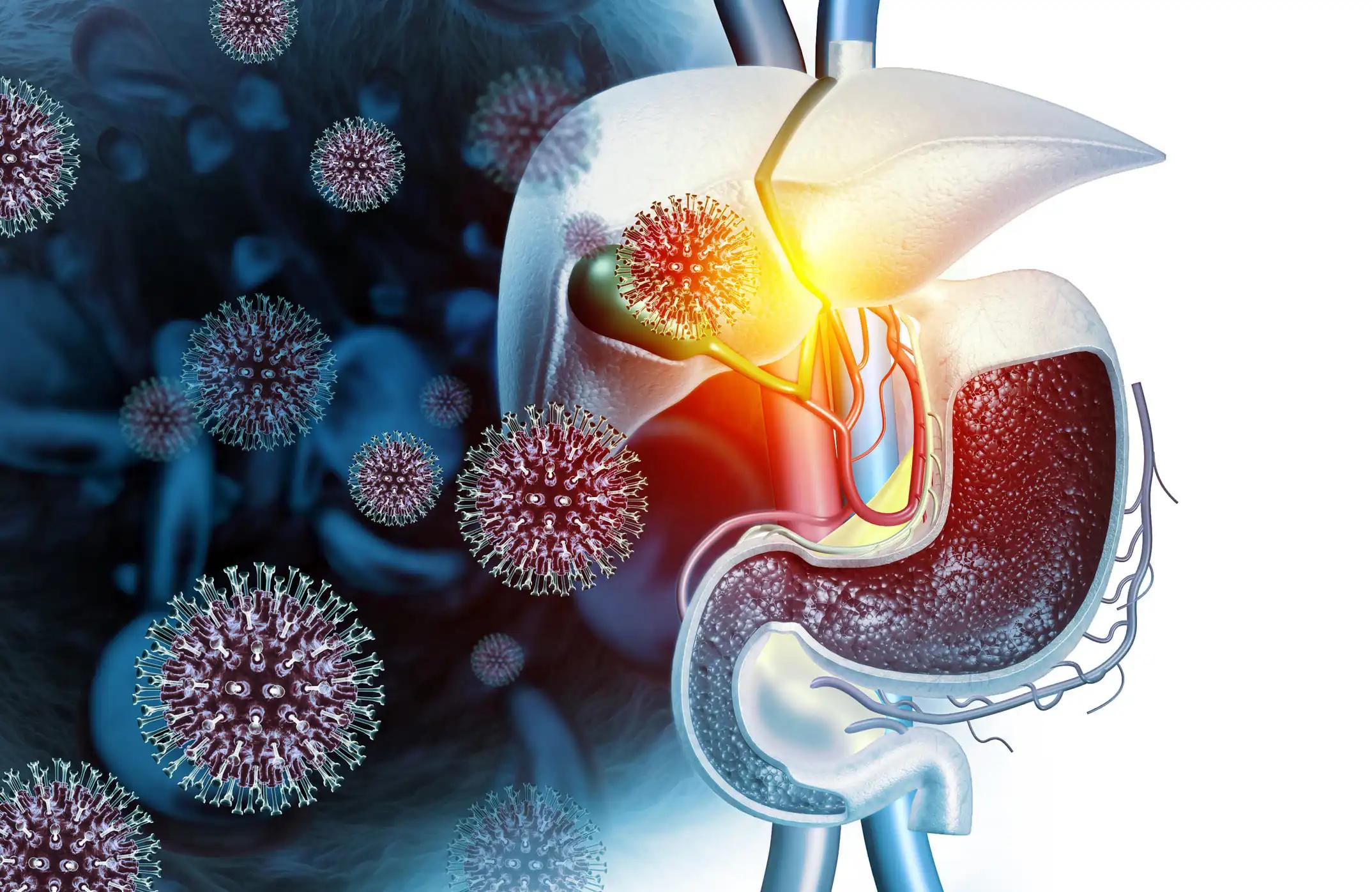KEY TAKEAWAYS
- The PROAK study assessed clinician- and patient-reported satisfaction with tirbanibulin compared to previous topical medications in patients with AK in routine clinical practice across the U.S.
- This study included adult pts with AKs on the face or scalp.
- Patients and clinicians were satisfied with the once-daily tirbanibulin treatment. It was easy to use and more convenient than previous treatments.
This single-arm, prospective cohort study included adult patients (pts) with Actinic Keratosis (AKs) on the face or scalp. The pts were treated with once-daily tirbanibulin 1% ointment treatment (5-day course). Surveys and clinical assessments were completed by the patients and clinicians at baseline, Week-8, and Week-24.
According to the EPQ questions 4 to 8, clinicians and patients were asked to rate various aspects of the tirbanibulin treatment at Week 8. These included the duration and severity of local skin reactions (LSRs), the impact on daily activities, the overall convenience and ease of use, and the overall satisfaction. The ratings were given on a 5-point adjectival response scale ranging from 0 (much shorter/better) to 5 (much longer/worse) compared to the previous treatment. Notably, the clinician version of the ratings refers to the clinician’s experience and observation of the tirbanibulin effects among their patients.
At Week 8, 290 patients with AK successfully completed the study assessments. The mean age of these patients was 66.3 years, with 31.4% being female. Additionally, 61.7% of these patients had a history of skin cancer. The Fitzpatrick skin types observed in these patients were as follows: I (7.6%), II (71.4%), III (18.6%), IV (1.4%), and V (1.0%). All patients underwent the 5-day treatment with tirbanibulin. Of the 290 patients, 111 had used a topical medication in the past by Week-8. The most commonly used medication was 5-fluorouracil (5-FU), with a usage rate of 66.7%. At Week-8, clinicians and patients rated the duration and severity of LSRs, the impact on daily activities, convenience and ease of use, and overall satisfaction of tirbanibulin treatment to be much/somewhat shorter/better than their previous treatments.
The once-daily tirbanibulin treatment for five days at Week-8 confirmed overall satisfaction from patients and clinicians. Compared to patients’ previous treatments, tirbanibulin is more convenient, easier to use, and better impacts patients’ daily activities. It is also much/somewhat better tolerated in terms of duration and severity of LSRs.
Source: https://eado2023.com/wp-content/uploads/2023/04/Abstract-Band_EADO2023_Stand-21-04-2023-kl.pdf
Clinical Trial: https://classic.clinicaltrials.gov/ct2/show/NCT05260073
Mark Lebwohl1, Todd Schlesinger2, Dr Vishal A. Patel3, James Del Rosso4, Brian Berman5, Darrell Rigel1, April Armstrong6, Neal Bhatia7, Leon Kircik1,8, Dr Siva Narayanan9, Volker Koscielny10, Merce Hereu Planellas10 1 Icahn School of Medicine at Mount Sinai, New York, USA / 2Clinical Research Center of the Carolinas, Charleston, USA / 3 George Washington School of Medicine and Health Sciences, Washington, USA / 4 JDr Dermatology Research/Thomas Dermatology, Las Vegas, USA / 5 University of Miami Miller School of Medicine, Miami, USA / 6 Keck School of Medicine, University of Southern California, Los Angeles, USA / 7 Therapeutics Clinical Research, San Diego, USA / 8 Skin Sciences, PLLC, Louisville, USA / 9 Avant Health LLC, Bethesda, USA / 10 Almirall SA, Barcelona, Spain



